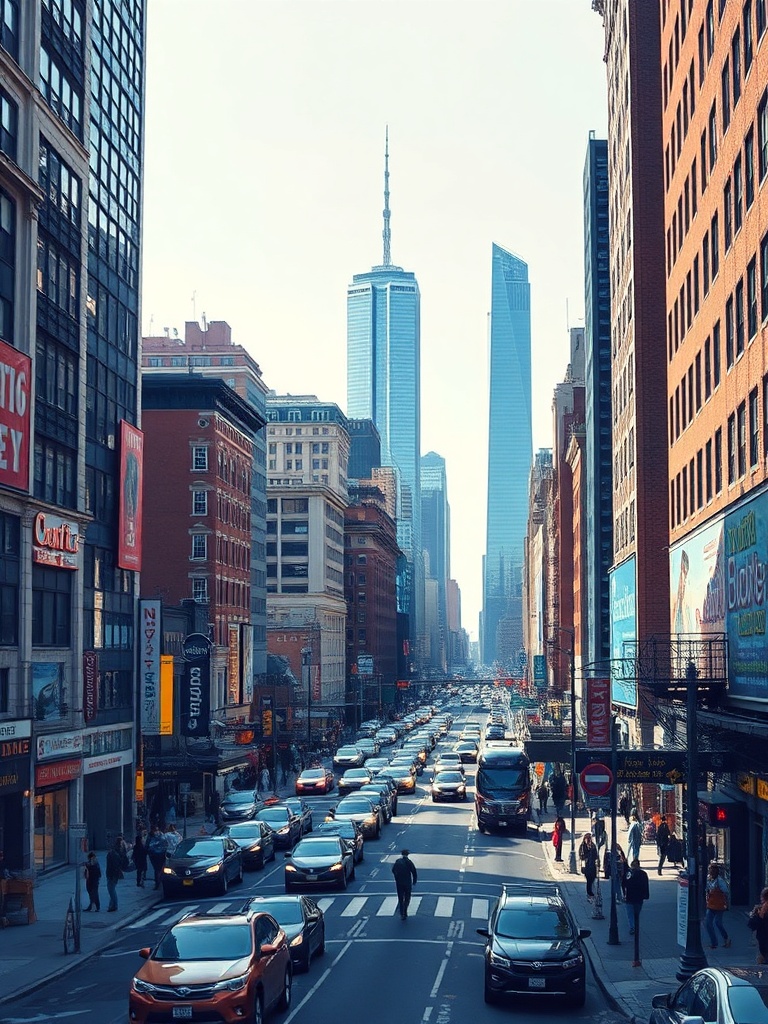Why NYC’s Waterfront Is Worth Exploring (and How to Do It Right)
The city’s waterfront has been quietly transforming into one of its most inviting public spaces. Stretching from the Hudson and East Rivers to the bays and estuaries of the outer boroughs, these revitalized edges offer open-air recreation, cultural programming, sweeping skyline views, and better access to nature than many visitors expect.
Where to go: standout waterfronts
– Hudson River Park and the High Line: For urban greenery and art installations, these linear parks combine walking paths with scenic overlooks. The Hudson waterfront is great for running, sunset photos, and food vendors.
– Brooklyn Bridge Park: Iconic views of Lower Manhattan, playgrounds, sports fields, and seasonal activities make this a top pick for families and photographers.
– East River Greenways: These continuous paths are ideal for cycling and commuting, connecting neighborhoods along Manhattan’s eastern edge.
– Governors Island and the Staten Island waterfronts: Ferries unlock island escapes and quieter shoreline walks, with historic sites, art exhibits, and pop-up dining.
– Outer-borough salt marshes and bays: Jamaica Bay and other natural areas reward birdwatchers and anyone seeking a nature fix away from dense urban crowds.
How to get there and move around
Public transit plus walking is often fastest. Ferries are a scenic and increasingly practical option; they provide direct waterfront access and great photo opportunities.
Citi Bike and other bike-share programs make short hops easy, and many waterfront paths are bike-friendly.
If driving, expect limited parking and consider park-and-ride options to avoid headaches.
What to do once you arrive
– Walk the promenades: Many waterfronts are built for strolling—plan a loop that takes you past piers, green spaces, and lookout points.
– Pack a picnic or try waterfront dining: Seasonal food stalls and waterfront restaurants offer relaxed al fresco options. Check policies if you plan to grill or consume alcohol in park spaces.
– Swim, kayak, or paddle: Designated swimming beaches and non-motorized boat launches exist at select locations; look for organized programs and safety information before entering the water.
– Attend public programming: Outdoor concerts, fitness classes, films, and markets frequently animate waterfront parks—many free or low cost.
– Birding and nature walks: Salt marshes and restored shorelines are surprisingly biodiverse. Bring binoculars during migration seasons to spot shorebirds and raptors.
Safety and accessibility tips
– Check tide and weather conditions before planning water activities. Waterfront microclimates can be breezy and cooler than inland areas.
– Most major waterfront parks offer accessible paths, ramps, and restrooms, but some piers and natural areas may have limited accessibility—confirm ahead if you have mobility needs.
– During peak times, popular piers and promenades can get crowded.

Visit early morning or weekday afternoons for a quieter experience.
How the waterfront improves city life
Investments in shoreline parks and greenways have expanded public space, improved storm resilience, and created new transit options. These changes encourage healthier, car-free travel and make the shoreline an active part of neighborhood life rather than a barrier.
Final tips
Bring a reusable water bottle and sunscreen, wear comfortable shoes, and keep a flexible itinerary—part of the joy of exploring the waterfront is the chance to discover unexpected views, pop-up events, and local flavors.
Whether seeking quiet nature, active recreation, or skyline panoramas, the city’s waterfronts offer diverse experiences that reward both short visits and full-day explorations.